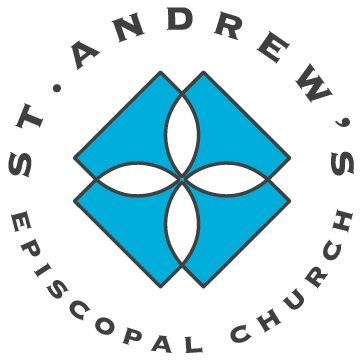April 16, 2017
/Easter Vigil
Acts 10:34-43; Psalm 118: 1-2, 14-24; Colossians 3:1-4; Matthew 28:1-10
THE REV. CARISSA BALDWIN-MCGINNESS
Where are your bones?
Did you leave them buried under darkness in a formless void before the beginning of time?
Where are your bones?
Are they reaching for the love of the heavens from a mountain far and away from this city?
Where did you leave you bones?
Are they trembling beside the Red Sea trembling in fear of the demon that chases them?
Where are our bones?
Are they lying in the valley of a dry desert, listening for a prophesy of breath from the wind of Creation?
What have we done with our bones?
Are they rattling around in search of the one who would say “I know what you are searching for, but he is not here. He has been raised.”
You see every bag of bones wants to dance; needs a life.
And every life needs a story that will inspire it to dance.
And every dancer wants to move without fear of retribution.
Rise up
Rise up
Rise up
Into the cloud of unknowing
And suppress every sandbag that would keep our souls from soaring.
Where are our bones?
In the dark of night we all go rattling around our deep subconscious looking for one common thing; a way to remove the effects of the traumas we have suffered. Like so many jailhouse tattoos, violence makes carvings in our bones. It is nothing so beautiful as an ivory tusk or whale’s tooth transformed into ‘art’ and sold for a premium. No, our bones have too often been carved out of the blunt instruments of human dysfunction. Se we go looking for a way to un-break what has been broken in us as individuals, as a society, as a species. We go to in search. And the angel says, “I know what you are looking for. But he is not here.”
Rise up
Rise up
Rise up
Johannes Hofer explains that trauma is a “disease due essentially to a disordered imagination.”
So we go in search of a well-functioning and holy imagination. And we find in our search not someTHING, but someONE. Someone specific. Someone familiar. Someone salvific with the simplest of messages: “Do not be afraid.” The words help our bones to forget to flee from every perceived threat and instead to be bold in the face of what we fear.
God uses human erasers to revise the scars of our emotional damage. God uses love erasers to mend what seemingly cannot be mended. Like the school counselor who can tell something is not well and sticks with it until the problem is revealed. Or like the gentle second spouse who makes up for the violence suffered at the hands of the first. Or perhaps like the one in line with cash simply offering to pay for the one in line who is chronically anxious and without means. We can be love notes to one another. We can be encouragers of one another as we seek to remove the scars of the past.
Do not be afraid.
These words collect our bones from a formless void and put them into formation.
Do not be afraid.
The phrase relocates our bones from the seaside of our fear to the present moment here and now.
Do not be afraid.
The command pulls our bones down from the mountains unto sea level where we can breathe more easily.
Do not be afraid.
The words give our bones sinew and breath. Our scars are now filled with water and tissue.
Rise up
Rise up
And dance
For we have our courage. We have found the one we seek. He is ours, and we are his.

